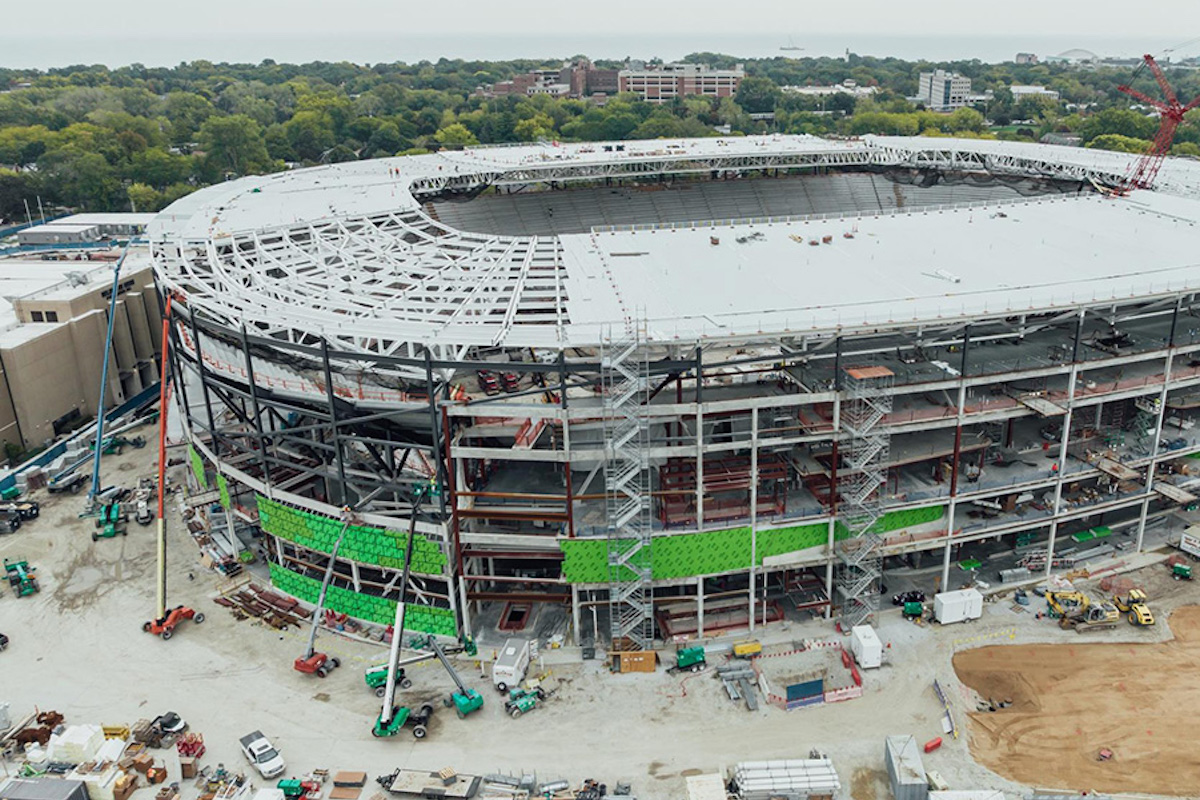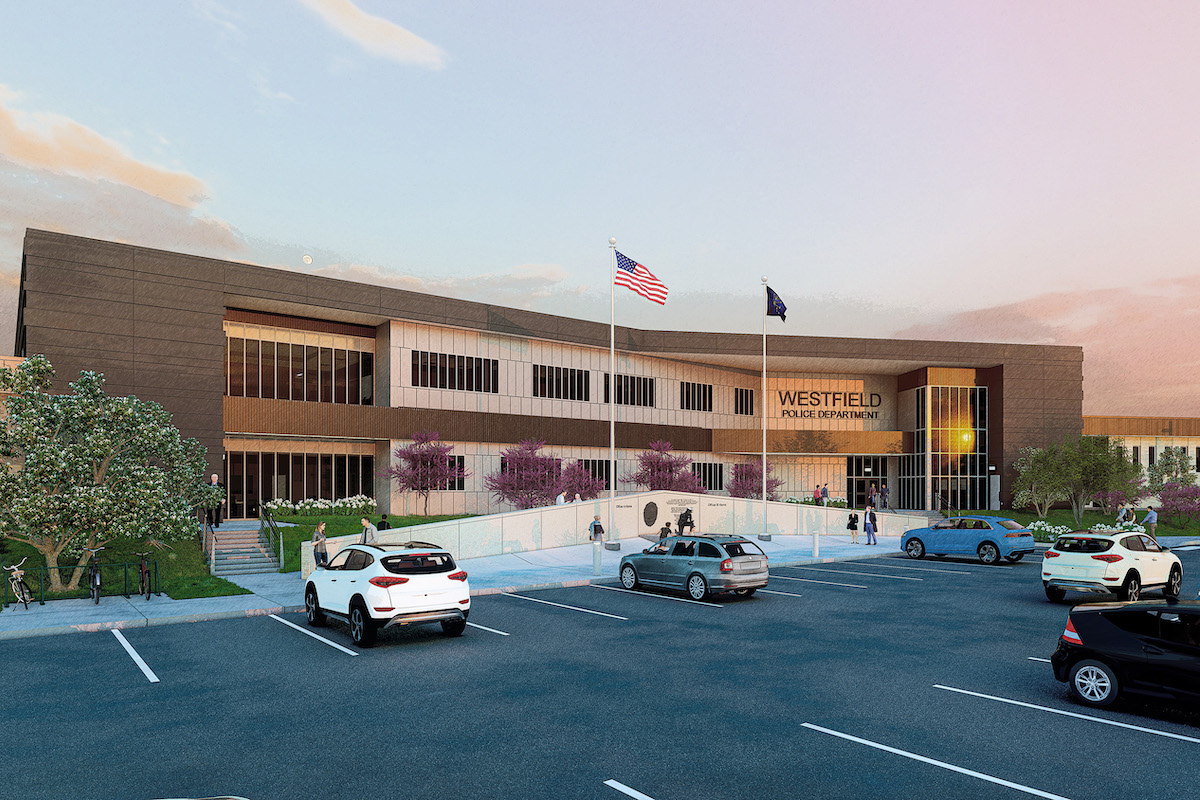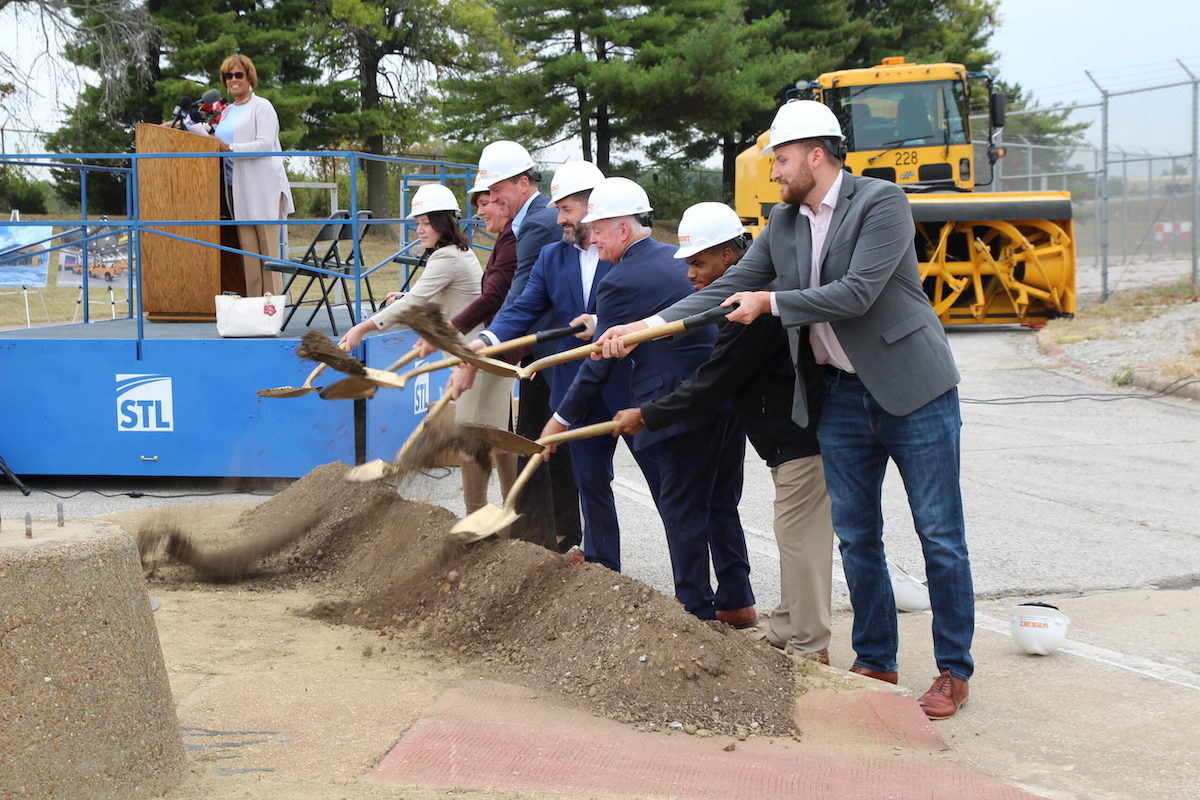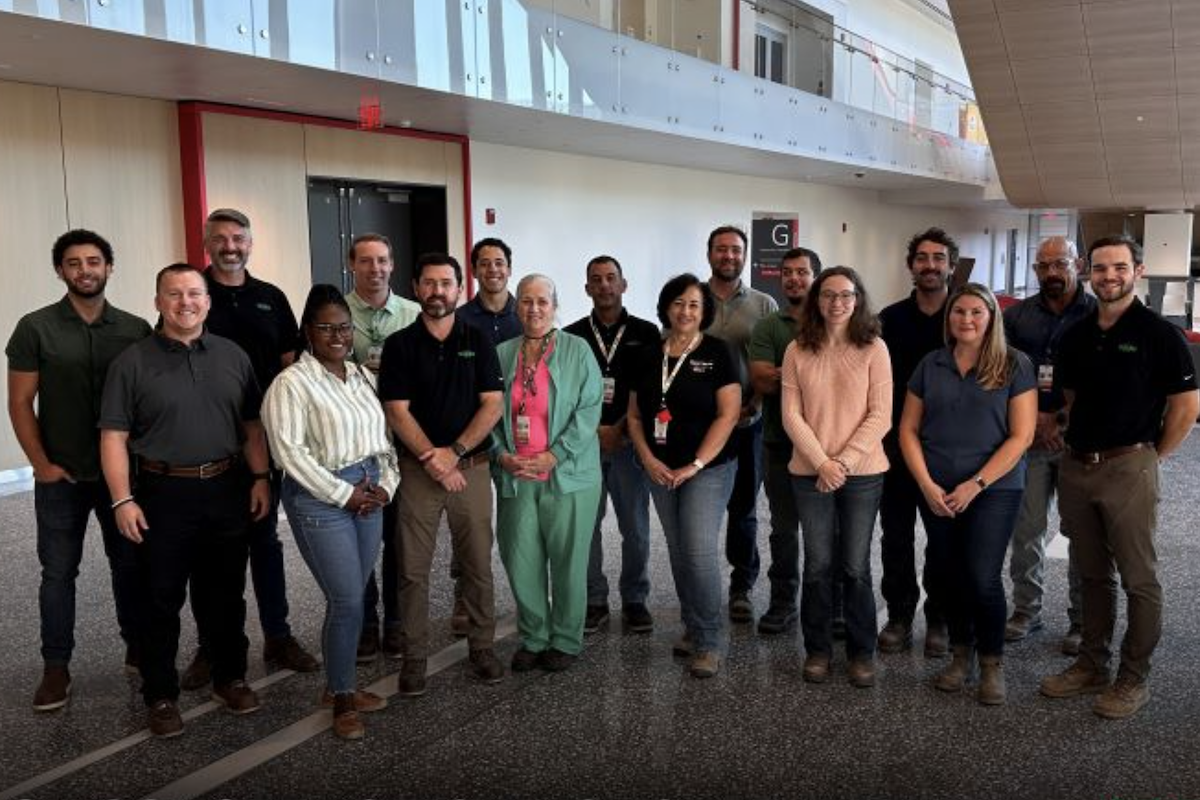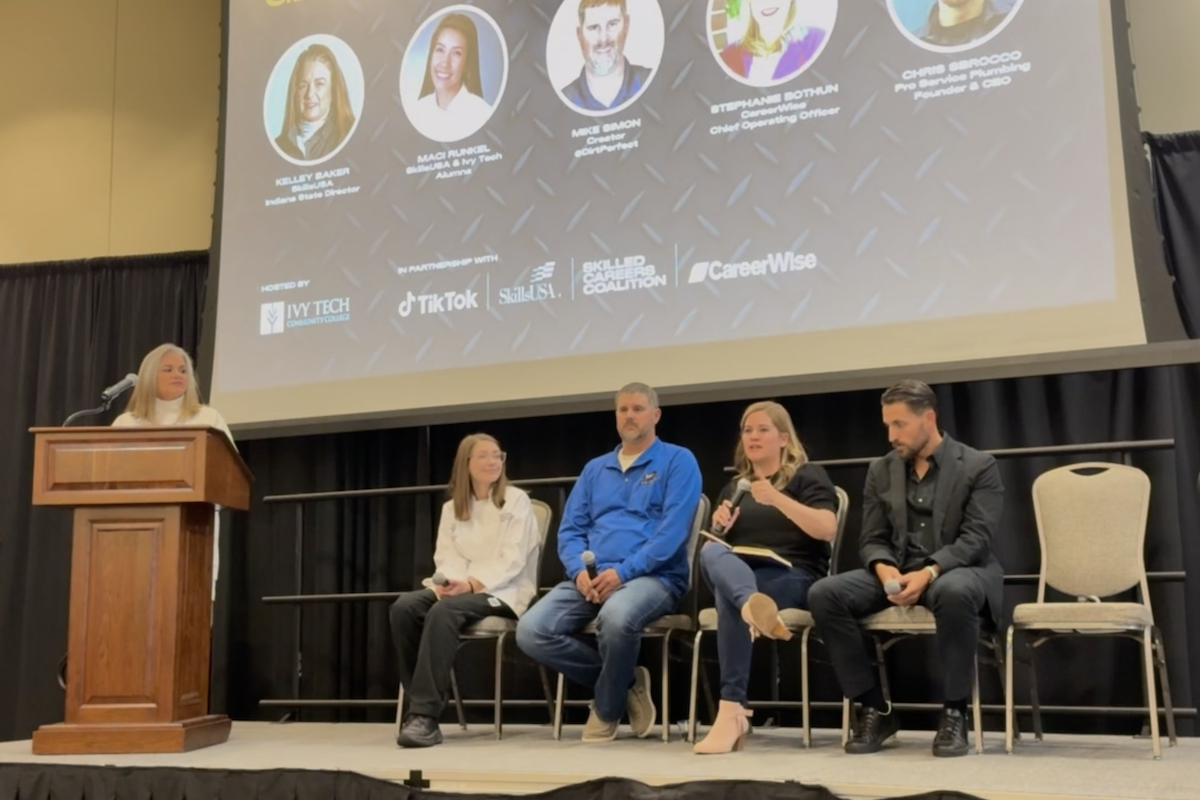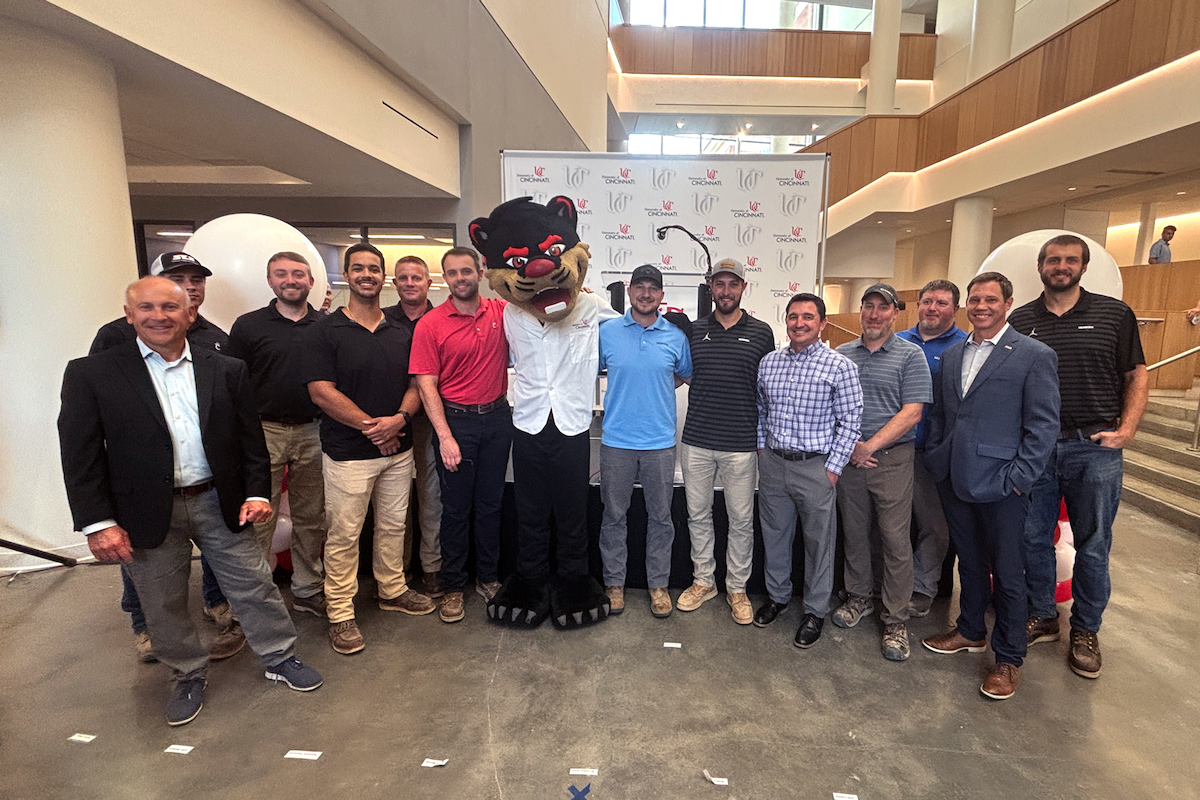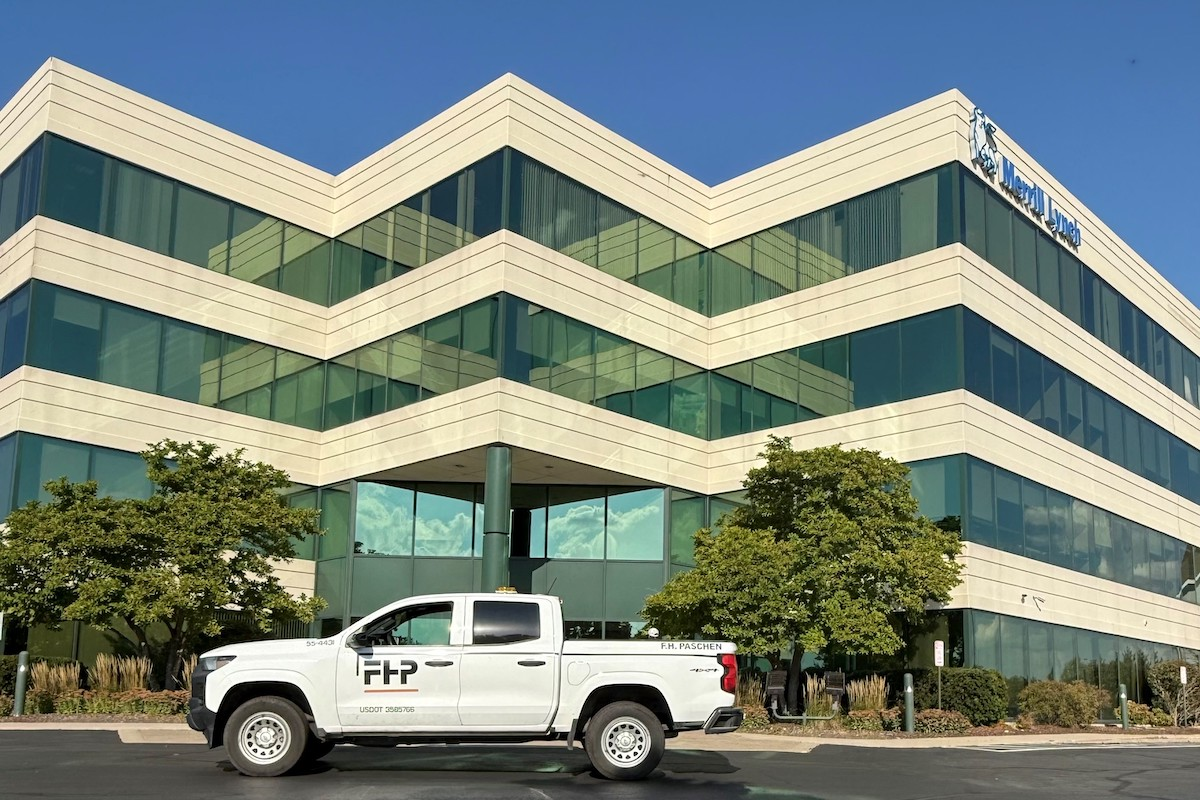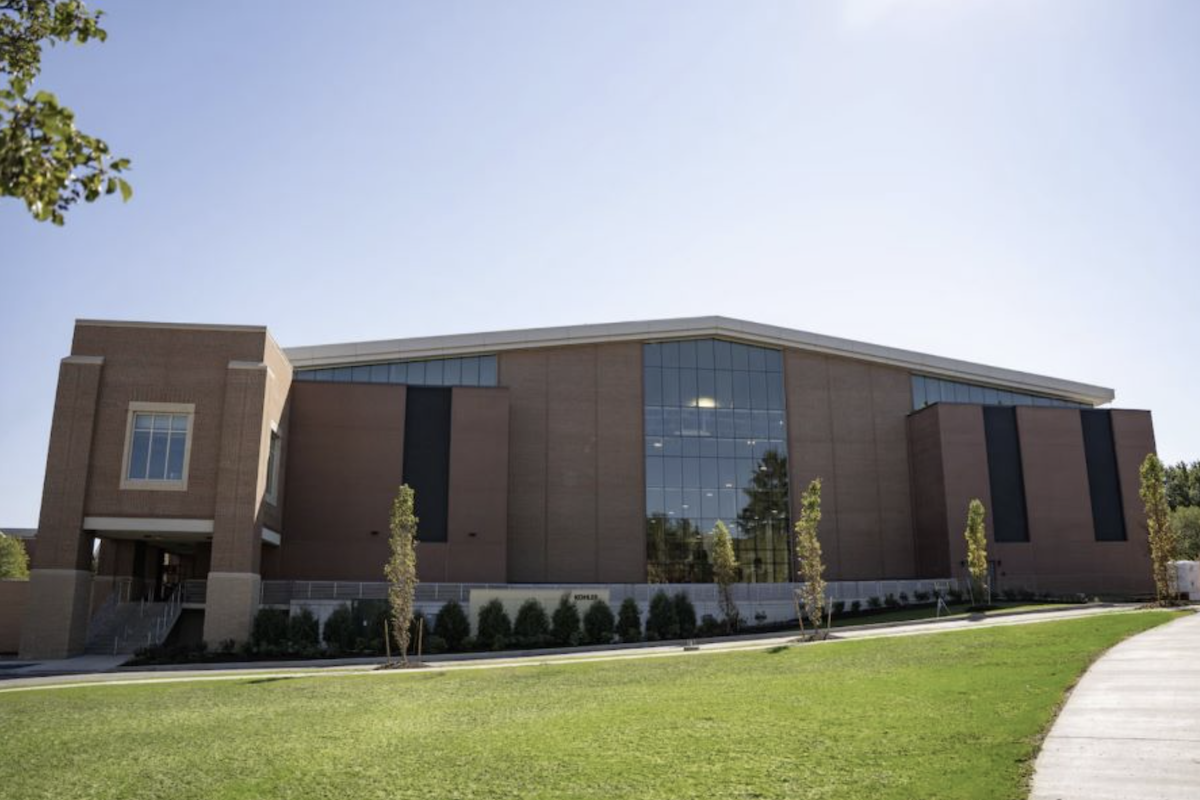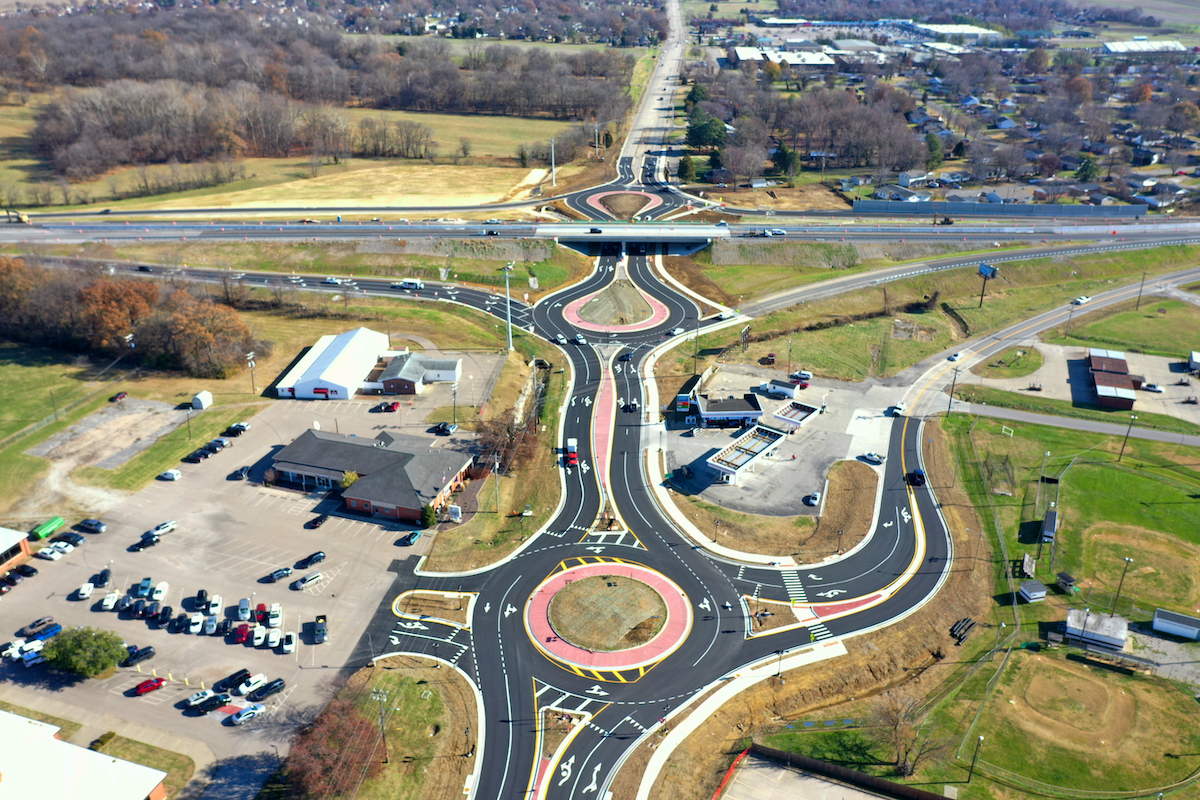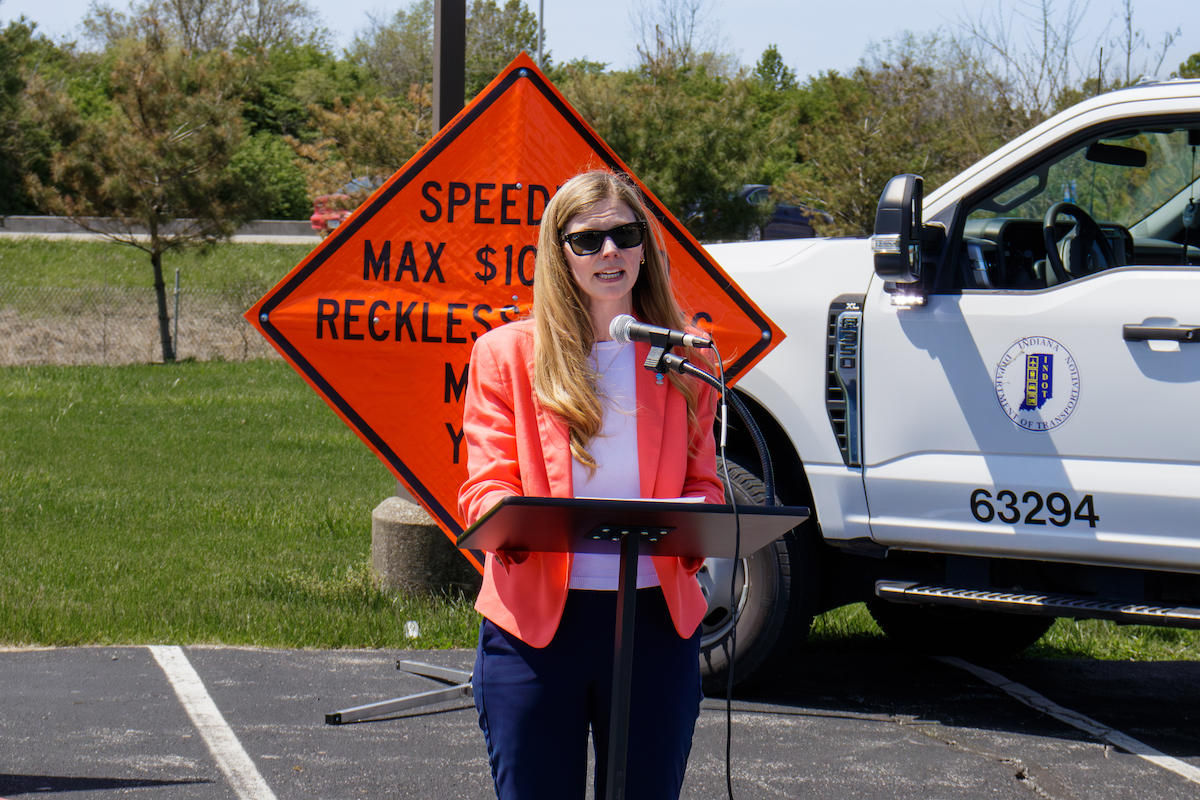As an archaeologist, there are a few questions people ask me almost every time they hear what I do: How did you get into that field? How do you know where to dig? And, of course, have you ever found any gold? The answer to how I became an archaeologist is easy. I took an archaeology class my freshman year in college, fell in love, and never looked back. How we know where to dig is a bit more challenging.
Archaeology is the scientific examination of below-ground deposits to identify evidence of human activity. This process often includes extensive research and calculated field excavations. For most people, knowledge of the archaeological process comes from the History Channel, images of large digs shown at museums, or the Indiana Jones franchise.
What many people don’t realize is that most of the archaeology done in the United States is not completed by academic institutions or museums but rather by individuals who are contracted to work on specific parcels of land to identify sites. In America, the industry for such studies is known as Cultural Resource Management (CRM). CRM is the business side of historic preservation, where archaeologists, architectural historians, historians, ethnographers, and others are hired for specific projects.
How does this relate to construction and contracting? A large percentage of CRM-based archaeological studies are done prior to development. This includes new commercial, industrial, and residential complexes; transportation improvement areas; new civic buildings like schools; and many other projects that involve ground-disturbing activities. Most contractors have at least one story of how an archaeological site impacted their project. This article provides details on the archaeological process and how you can avoid pitfalls during your work.
One of the biggest drivers of the CRM industry is compliance with numerous federal, state, and local laws that require important buildings, objects, structures, historic districts, and archaeological sites — collectively referred to as cultural resources — to be taken into consideration during project planning and development.

| Your local Sennebogen LLC dealer |
|---|
| Brandeis Machinery |
As an example, the National Historic Preservation Act of 1966, specifically Section 106, is triggered when a project occurs on federal land, requires a permit from a federal agency, or uses federal funds. Other federal laws that require cultural resource compliance include the National Environmental Policy Act of 1969, the Clean Water Act of 1972, and the United States Department of Transportation Act of 1966.
In addition, numerous states — such as California, Texas, New Jersey, and Virginia — enacted their own legislation requiring the consideration of cultural resources during certain projects. Many local governments also require such studies as part of rezoning applications, site plan approval, or other land development regulations. Our job as CRM practitioners is to know the applicable laws and help individuals, companies, and government agencies comply with the various requirements.
These legislative requirements often dictate archaeological protocols. Whether it is a new bridge, utility, school, or housing development, projects that will result in ground disturbance and must comply with cultural resource laws will involve archaeological studies. The goal of the work is to identify archaeological sites or related landscape or cultural features within any areas that could be disturbed by a project, determine if they are significant, and then work to avoid the important sites or mitigate project impacts.
So how do we find sites in the first place? Archaeology is a phased process designed to identify resources and determine their data potential. In general, the following phases can be a part of the archaeological process, although exact steps and approaches may vary notably depending on location.

| Your local Trimble Construction Division dealer |
|---|
| SITECH Midway |
| SITECH Mid-South |
| SITECH Indiana |
| SITECH Ohio |
Phase I — Survey
This first step includes completing a background literature review to learn what previous cultural resource surveys were done and what cultural resources have been recorded nearby. This initial work also typically involves looking at historic maps and aerial imagery. The goal is to learn how a place developed over time and assess settlement patterns. This research is followed by a controlled survey to locate sites. Methodologies, which differ greatly based on natural and cultural conditions, range from pedestrian walkover to shovel test pits to deep trenching.
Phase II — Testing
If a site is determined to have the potential to contain important information on the precontact period or historic lifeways, it may be the subject of a more focused study. This may start with archival research, ethnographic studies, or collecting information from local informants or elders. Fieldwork commences to determine the horizontal and vertical extents of the site, identify possible features like foundations or hearths, look for artifacts that can help date the site, and evaluate site integrity. Field methodologies include close-interval shovel test pits, test units, controlled metal detecting, or more intensive landscape mapping.
Phase III — Data Recovery
Should a site be determined to be significant, and it cannot be avoided, data recovery may be warranted. This often involves expansive excavations to recover data before the site is destroyed and may also include specialized studies such as Carbon-14 dating, faunal analysis, and ethnobotanical studies.
In addition to the above-listed fieldwork, all three phases include analysis of recovered artifacts, mapping using GIS-based software, production of a report on the investigations, and coordination with appropriate local, state, and federal agencies. Also important to the process is the distribution of data to tribes, local groups, and descendants who may have a vested interest in the area.

| Your local Wirtgen America dealer |
|---|
| Brandeis Machinery |
Archaeological studies are done prior to a myriad of development projects, ranging from new roadways to new data centers. The survey may be required as part of a local rezoning process or due to the acquisition of a federal, state, or local permit.
If the work is done prior to ground disturbance as part of the preliminary environmental and engineering work, the probability of encountering unexpected discoveries is low. If no preliminary survey was conducted, sites may be discovered during construction. This may include Native American resources, historic foundations, cemeteries, gardens, or many other types of features.
What should you do if you find a site? First, stop excavation in the immediate area. Second, if you are working on a project that has already been the subject of archaeological study, look at any agreements or preservation-related plans that may have determined a specific protocol. Third, if there is no legislative guidance, reach out to your local planning department, State Historic Preservation Office (SHPO), or Tribal Historic Preservation Office (THPO). Their webpages often contain step-by-step data on what to do when a site is unexpectedly discovered. A full list of these agencies can be found on the National Conference of State Historic Preservation Officers webpage (ncshpo.org).
If the unexpected find includes human remains, remember that you are not just dealing with an archaeological site but with human burials. Such sites enact a full roster of additional considerations, ranging from state unmarked burial laws to following the Native American Grave Protection and Repatriation Act of 1990. Immediately stop work in the area, contact your local sheriff’s office or coroner, and reach out to your cultural resource specialist if you have one, as well as your SHPO or THPO.

| Your local Wirtgen America dealer |
|---|
| Brandeis Machinery |
While many construction practitioners are leery of archaeology due to the unknowns, having a basic knowledge of the process helps facilitate project success. Have an awareness of local, state, and federal laws that may be in effect on your project, keep copies of any pertinent archaeological plans onsite as a reference, and know who to contact should questions arise.
Just like construction, archaeology is a process. With thorough communication, patience, and honest practices, it does not have to be a showstopper.
Now, as to that third question, have I found gold? I’m not saying …
Kerri Barile Tambs, Ph.D., RPA, has over 30 years of experience in the fields of CRM, archaeology, architectural history, historic research, and public outreach. In addition to technical knowledge, she is an expert in coordinating complex projects under various federal, state, and local laws. She has worked with hundreds of agencies, localities, and consulting parties, and developed dozens of programmatic agreements and memorandum of agreements. She has also taught university courses in historic preservation and CRM and published professional articles and books on her studies.


















